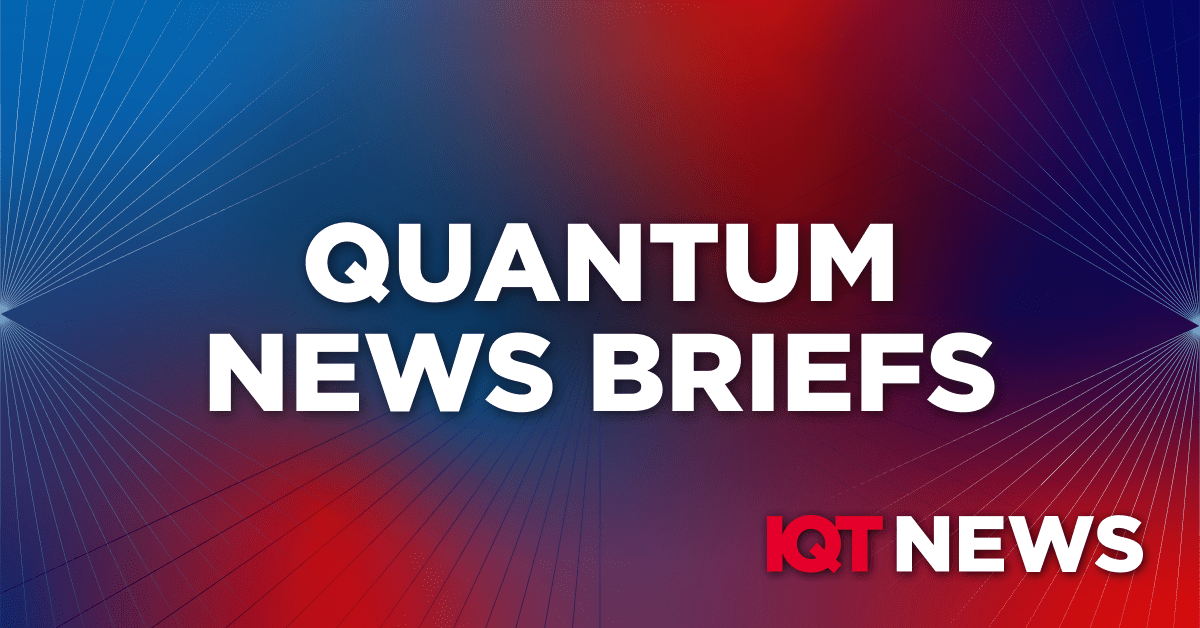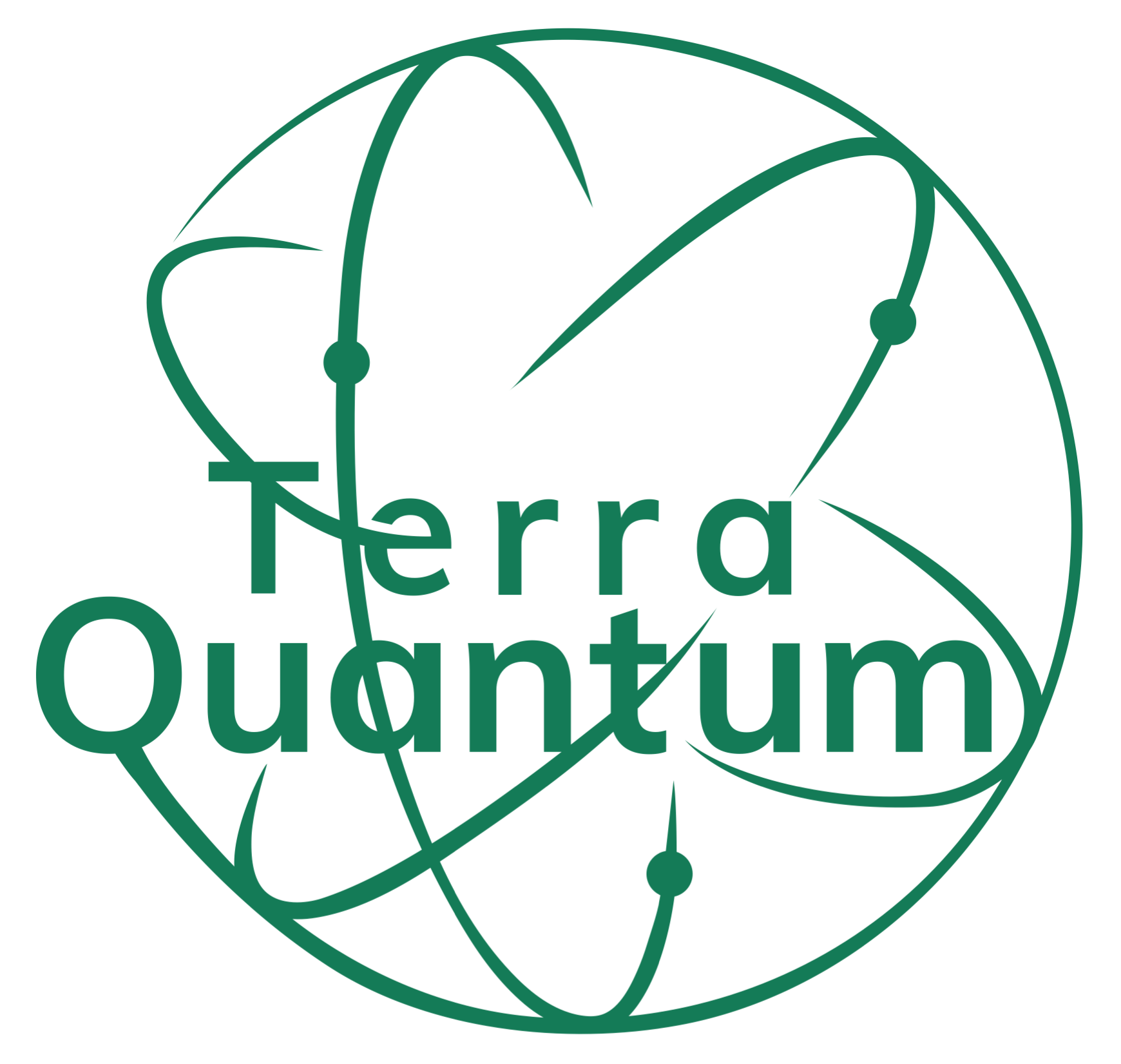
By Kenna Hughes-Castleberry posted 26 Feb 2024
Quantum News Briefs: February 26, 2024:
Terra Quantum collaborates with POSCO Holdings to improve steel production efficiency with Quantum AI

Switzerland-based Terra Quantum is joining forces with leading steel manufacturer POSCO Holdings to leverage quantum AI in enhancing steel production efficiency, specifically targeting improvements in POSCO’s advanced blast furnaces. This collaboration aims to showcase the capabilities of Quantum Neural Networks in optimizing key aspects such as emissions reduction and energy savings. POSCO, which has been incorporating digital technologies into its steelmaking processes since 2016, views this partnership as a pivotal move towards integrating quantum computing into its operations. By focusing on the end-to-end optimization and time series prediction of blast furnace performance, Terra Quantum intends to elevate the production efficiency at POSCO’s Gwangyang Steelworks facility, the world’s largest steel mill. This project, particularly emphasizing Reducing Agent Rate (RAR) optimization, seeks to outperform existing AI solutions with a Hybrid Quantum Neural Network approach, promising substantial reductions in carbon emissions and operational costs while enhancing fuel usage and production parameters.
University of South Hampton Scientists closer to solving mysteries of universe after measuring gravity in quantum world
![]()
Scientists have taken a significant leap toward understanding the enigmatic forces of the universe by devising a method to measure gravity at a microscopic level. The fundamental force’s behavior has long puzzled experts, including Isaac Newton and Albert Einstein, in this domain. The team, led by physicists from the University of Southampton alongside European collaborators, has detected a weak gravitational pull on a minuscule particle, employing levitating magnets to explore the verge of the quantum realm. This breakthrough, detailed in the Science Advances journal, could herald the discovery of a quantum gravity theory, addressing a century-old challenge in physics. The experiment, which involved sophisticated superconducting devices and achieved measurements at near absolute zero temperatures, marks a critical step towards understanding how gravity and quantum mechanics coalesce. Such insights could unravel mysteries, including the universe’s origins, black holes, and the unification of all forces, propelling scientific inquiry into the nature of reality itself.
Paderborn University Scientists Create New Technique to Determine Quantum States
![]()
Scientists at Paderborn University have made an advancement in quantum optics by employing a novel method to characterize optical quantum states using homodyne detection with superconducting nanowire single-photon detectors. This advancement is crucial for quantum information processing, particularly in quantum computing, as it allows for precise knowledge of the characteristics of optical quantum states. By focusing on the continuous variables of light, such as amplitude and phase, Timon Schapeler and Dr. Maximilian Protte have demonstrated the potential for these detectors to offer linear responses to input photon flux, thereby enhancing the efficiency and accuracy of quantum state measurements. Their work, which showcases the benefits of integrating superconducting single-photon detectors for their intrinsic phase stability and near-perfect on-chip detection efficiency, promises significant advancements in developing highly efficient homodyne detectors. This could open up new avenues in quantum information processing beyond traditional qubits, as detailed in their publication in “Optica Quantum.”
In Other News: Yahoo Finance article: “Quantum Sensor Market to Reach $1.11 Billion, Globally, by 2032 at 14.07% CAGR: Allied Market Research”

The global quantum sensor market, as reported by Allied Market Research, is on a trajectory for significant growth, projected to expand from $0.3 billion in 2022 to $1.11 billion by 2032, with a Compound Annual Growth Rate (CAGR) of 14.07% over the decade, highlights a recent Yahoo Finance article. This surge is primarily fueled by increased investment in quantum research, particularly in space communication, and a growing demand for quantum computing technologies across various sectors, including military, defense, automotive, and healthcare. Despite the high costs associated with deployment and maintenance posing challenges, the market benefits from heightened research activities and technological advancements in quantum sensing. The magnetic sensors segment, vital for military and security applications, dominated the market share in 2022 and is expected to maintain its lead due to its versatility and efficiency. Meanwhile, atomic clocks are predicted to experience the fastest growth rate, underscoring their importance in precise timekeeping and navigation systems.
In Other News: Business Insider article: “Wall Street Favorites: 3 Quantum Computing Stocks with Strong Buy Ratings for February 2024”

According to a recent Business Insider article, quantum computing is emerging as the next frontier for investors seeking cutting-edge technology opportunities beyond generative AI, with the potential to revolutionize fields like optimization, cryptography, and machine learning. Among the notable companies receiving “Strong Buy” ratings from Wall Street analysts are D-Wave Quantum (QBTS), known for its advancements in quantum annealing and its cloud platform Leap; Advanced Micro Devices (AMD), a fabless chipmaker expanding into AI and quantum computing through its Zynq SoCs; and Rigetti Computing (RGTI), a vertically integrated pure-play quantum computing firm. D-Wave’s revenue is expected to hit over $10.5 million by the end of 2023, marking a significant year-over-year increase. AMD and Rigetti also make significant strides in their respective quantum and AI endeavors. These companies showcase the vibrant growth and investor interest in the quantum computing sector, highlighting its potential as a transformative technology for the future.
Kenna Hughes-Castleberry is the Managing Editor at Inside Quantum Technology and the Science Communicator at JILA (a partnership between the University of Colorado Boulder and NIST). Her writing beats include deep tech, quantum computing, and AI. Her work has been featured in National Geographic, Scientific American, Discover Magazine, New Scientist, Ars Technica, and more.
- SEO Powered Content & PR Distribution. Get Amplified Today.
- PlatoData.Network Vertical Generative Ai. Empower Yourself. Access Here.
- PlatoAiStream. Web3 Intelligence. Knowledge Amplified. Access Here.
- PlatoESG. Carbon, CleanTech, Energy, Environment, Solar, Waste Management. Access Here.
- PlatoHealth. Biotech and Clinical Trials Intelligence. Access Here.
- Source: https://www.insidequantumtechnology.com/news-archive/quantum-news-briefs-february-26-2024-university-of-south-hampton-scientists-closer-to-solving-mysteries-of-universe-after-measuring-gravity-in-quantum-world-wall-street-favorites-3-quantum-comp/



